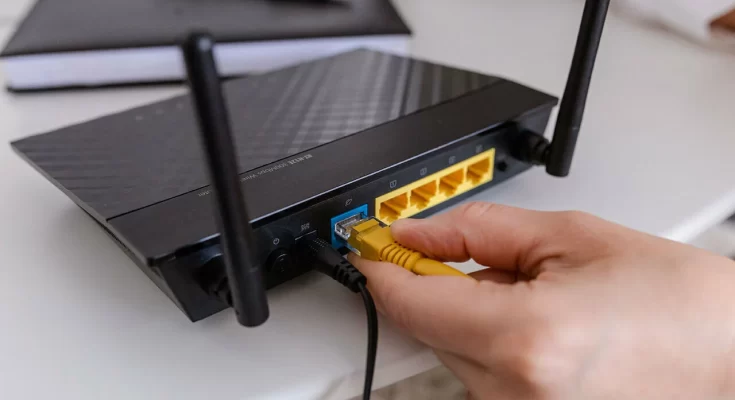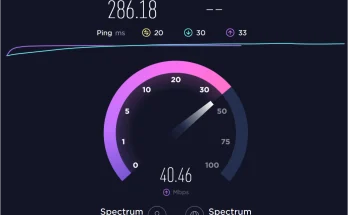Internet cable is a type of cable that connects routers and computers to the internet. It comes in different types, including twisted pair, coaxial and Ethernet.
Twisted pair cables are the most common for connecting local area networks (LANs) to each other. They use two wires twisted together to enable the currents within each wire to balance, preventing internal and external crosstalk.
Cost
Cable is often perceived as an expensive way to get internet, but in reality, it can be very affordable compared to other services. It can also be much faster than DSL, and it offers a variety of speed options.
The cost of your internet service will depend on several factors, including the type of service you receive and the provider you choose. In addition, there are certain costs that are not included in your monthly bill such as a one-time installation fee and an equipment fee.
If you’re looking to upgrade your internet service, the price of fiber optic cables can be quite high, but they provide better speeds and reliability than copper cabling. They are much thinner than copper, so they can travel further distances without breaking.
Twisted pair cabling is another popular choice for ethernet installations, and it can cost between $0.10 and $1.13 per foot, depending on the cable you choose. CAT-5 and CAT-6 offer standard cables, while CAT-7 is the latest in twisted pair technology, offering shielded cable that improves network security.
Speed
The speed of internet cable varies depending on the type. For example, wireless cables are generally slower than wired Ethernet because there are more factors that affect their speed.
If you have a wireless connection, the speed will also vary based on the device that you are using and how far away from your router or modem it is. Wi-Fi networks are also subject to interference from other devices, which can negatively impact your connection.
You can improve your speed by installing a wired connection between your modem and router. This will allow for greater reliability and consistent speeds.
Similarly, the type of wire used to connect your device to your network can also help you achieve faster speeds. For example, CAT6 cable has been shown to have better signal to noise ratio than a standard Cat5 connection.
When it comes to ethernet cable, you will often see category numbers that indicate the design and theoretical maximum (ceiling) speed over a set distance. These are important because they can help you determine whether or not your cable will be able to handle the bandwidth needed for your particular setup.
Reliability
Internet cable is the fastest and most reliable way to connect your home or business to the internet. It uses pulses of light to send data along thin strands (fibers) of glass or plastic. Fiber-optic cables have been known to carry data up to 100 terabits per second (Tbps), which is a big deal.
Reliability isn’t just about speed, though. It’s also about durability, which is why fiber-optic connections are so often sheathed in a protective coating to protect them from damage.
As far as reliability goes, there are several things that cable internet providers can do to improve their network’s resiliency and functionality. These include:
Installation
Internet cable installation can be a simple process. It requires a few supplies, including an Ethernet cable and a computer with an Ethernet port.
You can also buy pre-connectorized cable that makes the installation process much easier and less costly. This is a great option for people who don’t have the skills to do the job themselves or for those who don’t want to hire a professional.
When running cables, make sure to run them parallelly. This will reduce the risk of crosstalk between your network and other devices.
It’s also important to label each cable for organization and ease of maintenance. Different colored cables are especially helpful for this purpose.
Another important tip is to avoid running ethernet cable near electrical lines, water pipes, or other fixtures hidden behind walls or beneath floors. This can result in electrical interference or damage to the cable, which can cause problems down the road.




